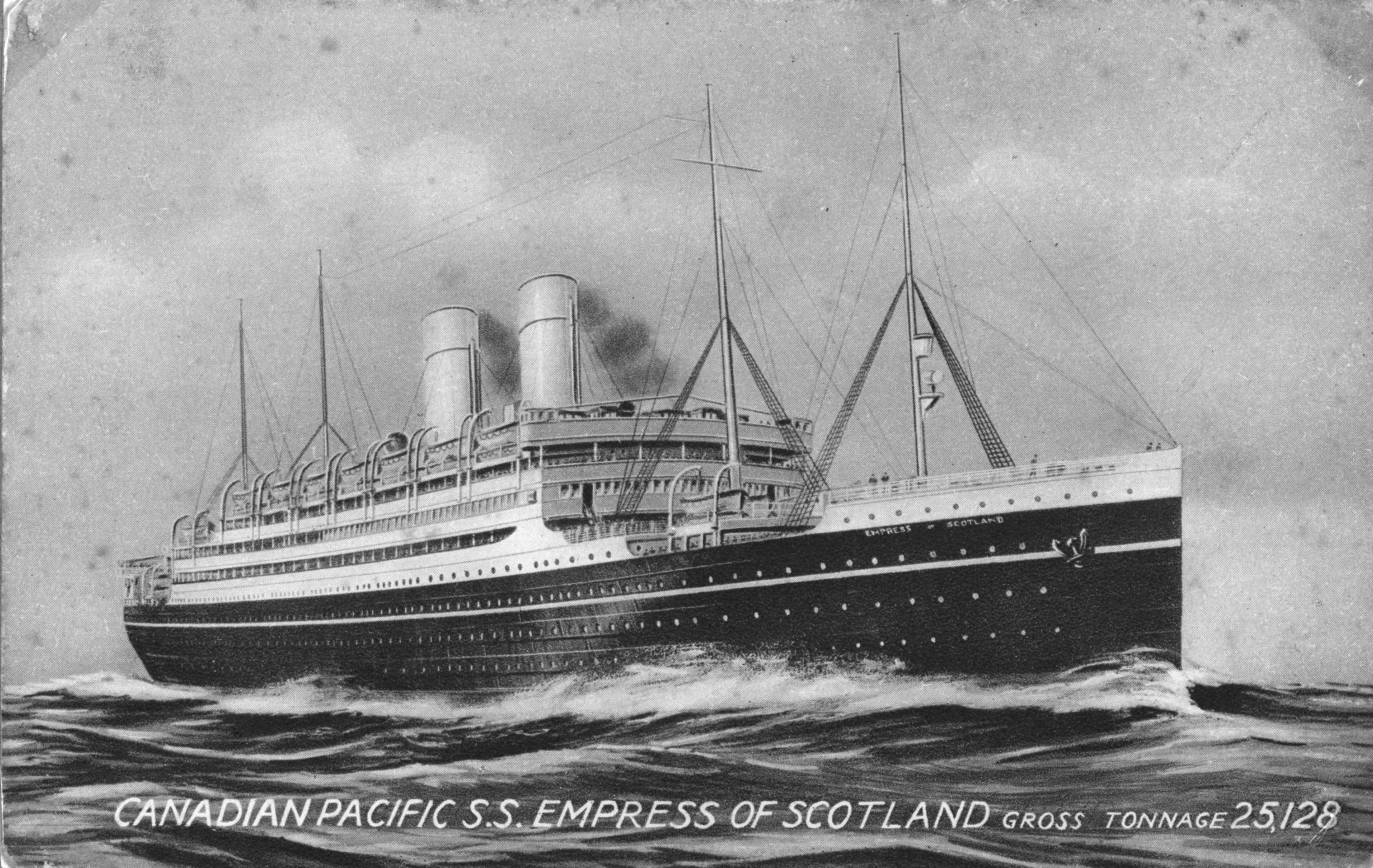
Montreal's Culinary History
Montreal's Culinary History - Discovery Tour by Amélie Masson-Labonté - STORICA
A creative, festive, exuberant and diverse city, Montreal is a gastronomic destination where the pleasures of the table are endless. Thanks to this 5-step tour, discover the unseen side of the city's culinary history through the buildings, milestones and cultural communities that have contributed to its development.
PASTA - From the first vermicelli factory to Little Italy
Did you know that the commercial history of pasta in Canada began on St. Paul Street in old Montreal?
Not so surprising when you consider that the Old Port was one of the main entry points for Italian immigrants in North America.
Before the massive arrival of Italian workers on the continent by boat, certain emblematic ingredients of Italian cuisine were known in Montreal. Parmesan cheese, known and adopted in France, Switzerland, and England as early as the 17th century and perhaps even earlier, was mentioned in the first French-language cookbook published in Canada in 1825, La cuisinière bourgeoise, where it was explained how to prepare meats in cheesy sauces. Mac and cheese (gruyere, parmesan, and nutmeg) was relegated to the "Pastry" section between almond cake and gâteau de Savoie. You read that right, at the time, people were still hesitating between dessert and savory dish, even if the tomato sauce was already known.
In 1866, the son of a wine merchant from Lombardy, left Italy for Montreal to escape the Austrian occupation that was tearing his country apart. The following year, at barely 18 years of age, Carlo Onorato Catelli and his brother Pietro founded the first pasta factory in the country. "Catelli Brothers" manufactured vermicelli and "macaroni", a long hollow spaghetti similar to today's bucatini, on St. Paul Street in the old Montreal (metro Place d'Armes).
The company was reported to have achieved early success with a contract to feed Chinese workers on the Canadian Pacific Railway. In Canada, the Italian community is more connected to railroad construction than one might think. Did you know that Antonio Cordasco, the first godfather of what became the Montreal mafia, was in fact an employee, an agent for the Canadian Pacific? He recruited CPR workers from as far away as rural southern Italy, sponsoring workers by paying the cost of their boat trip and making them financially indebted to him for years.
Fighting against Cordasco’s exploitation system, Catelli founds an assistance society for the Italian immigrants in need, offering them lodging and meals. In 1911, the Catelli Brothers factory followed the migratory movement of the Italian community up St. Laurent Boulevard and moved to a brand-new factory at 305 Bellechasse Street.
Catelli then marketed spaghetti and other pastas that became very common in Montreal over the next two decades. A walk down St. Dominique Street towards Bellechasse allows you to admire the old red brick building on which you can still read in white letters LA CIE C.H. CATELLI LIMITEE (metro Beaubien).
The building experienced a tragic episode during the Second World War when one morning of 1940, workers from the factory suspected of supporting Benito Mussolini's fascist regime were taken by the RCMP and interned at the Petawawa camp in Ontario.
Preserved in memory of this troubled period, but also because of the renowned artist who made it, the fresco of Guido Nincheri adorning the apse of the Our Lady of Defense church attracts many curious visitors and for a good reason, it shows Mussolini on its horse aside the archangels and Virgin Mary! (metro Jean-Talon).
Once in Little Italy, do not miss the tasty cannoli of Alati Caserta pastry shop. Is is a real institution in the neighborhood, Caffè Italia’s espresso, fresh pasta at Pacifico Sacchetto or Capitol at the Jean-Talon market.
For a good Italian grocery store, visit Fruiterie Milano on Saint-Laurent Boulevard before dining at Impasto, Moccione or GEMA for a good pizza.
Continue your discovery of Montreal by clicking on the 4 thematic tours below



